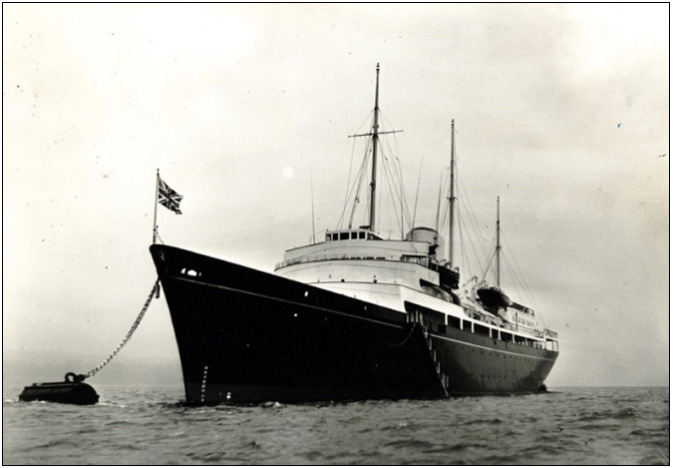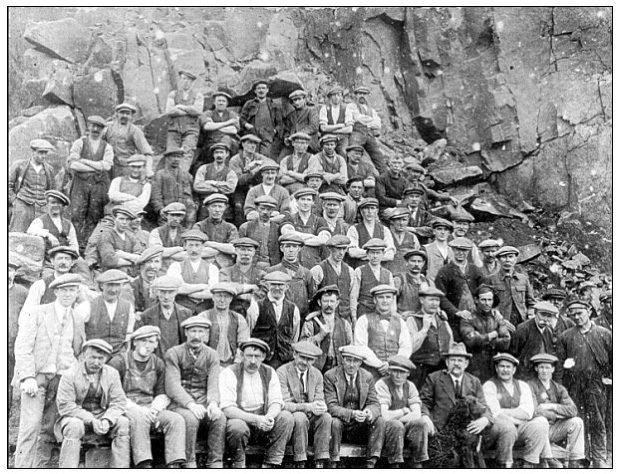A Brief History
The Historic Village of North Queensferry – “Gateway to the Kingdom of Fife”

Wherever you are in North Queensferry, the views are dominated by the magnificence of the Forth Bridges. These engineering feats bear more recent testament to the history of the village as an important link between north and south, between Edinburgh and the ancient Kingdom of Fife.
From the earliest of days, perhaps as far back as Neolithic times, there is evidence that the rocky peninsula jutting into the Firth of Forth was settled by early farmers. But it was Queen Margaret, wife of King Malcolm Canmore, who established the community as an important ferry port for pilgrims en-route to St Andrews. Thus the village bears her name to this day.

The spectacular location of the little community of North Queensferry has dictated its history and even its name. The rocky promontory, strategically placed at the narrowest point of the Firth of Forth, would have been a suitable site for a settlement and excavations have uncovered Neolithic and Bronze Age relics.
However, it wasn’t until the 11th century – the days of Queen Margaret and her husband King Malcolm III – that the settlement became established as an important ferry port. Queen (later Saint) Margaret provided ships for pilgrims crossing on their way to Dunfermline Abbey and St Andrews, at the time the ecclesiastical centre of the nation. This ferry became known as the Queen’s Ferry, and its landing points became North and South Ferry or, increasingly, North and South Queensferry.
And it wasn’t just people who used the ferry; it was an essential transport link for farmers moving their stocks of cattle and horses, and special gang-planks were installed by order of the Government to ease livestock loading. The first steam ferry to cross the Forth in 1821 was suitably named Queen Margaret, and later ferries bore the names of famous Scots who shaped the nation. The ferries continued until the opening by Queen Elizabeth II of the Forth Road Bridge in 1964 after six years of construction. At the time, the bridge was the longest suspension bridge in Europe, with a central span of 3,300 feet and a total length of 8,259 feet.
However, this spectacular bridge is almost overshadowed by the first bridge over the Forth, the great Rail Bridge completed in 1890, and a marvellous engineering feat of its day. Work started on a rail suspension bridge in 1879, with engineer Thomas Bouch, designer of the ill-fated Tay Rail Bridge, in charge. However, with the collapse of the Tay Bridge in December 1879, work on the Forth Bridge was stopped and Bouch replaced by engineers, Sir John Fowler and Benjamin Baker. In March 1890 the Prince of Wales fixed the last rivet in gold, and the bridge was declared open, perhaps – over-engineered to avoid a repeat of the Tay Bridge’s fate.

Another activity that helped shape North Queensferry, literally, was quarrying for dolerite, also known as whinstone which was used for pavements, roads and harbours. Much was exported to European capitals. The evidence isn’t obvious at first, until you realise that much of the rocky headland has been scooped out from behind, leaving an arc of high cliffs that plunge into the deep pool, occupied since 1993 by “Deep Sea World”, one of Fife’s leading tourist attractions.
top of page
